RobotLAB Blog
Everything You Need To Know About Robotics in Businesses
5 Ways How VR Will Soon Impact Education Process
By Theresa Cofield
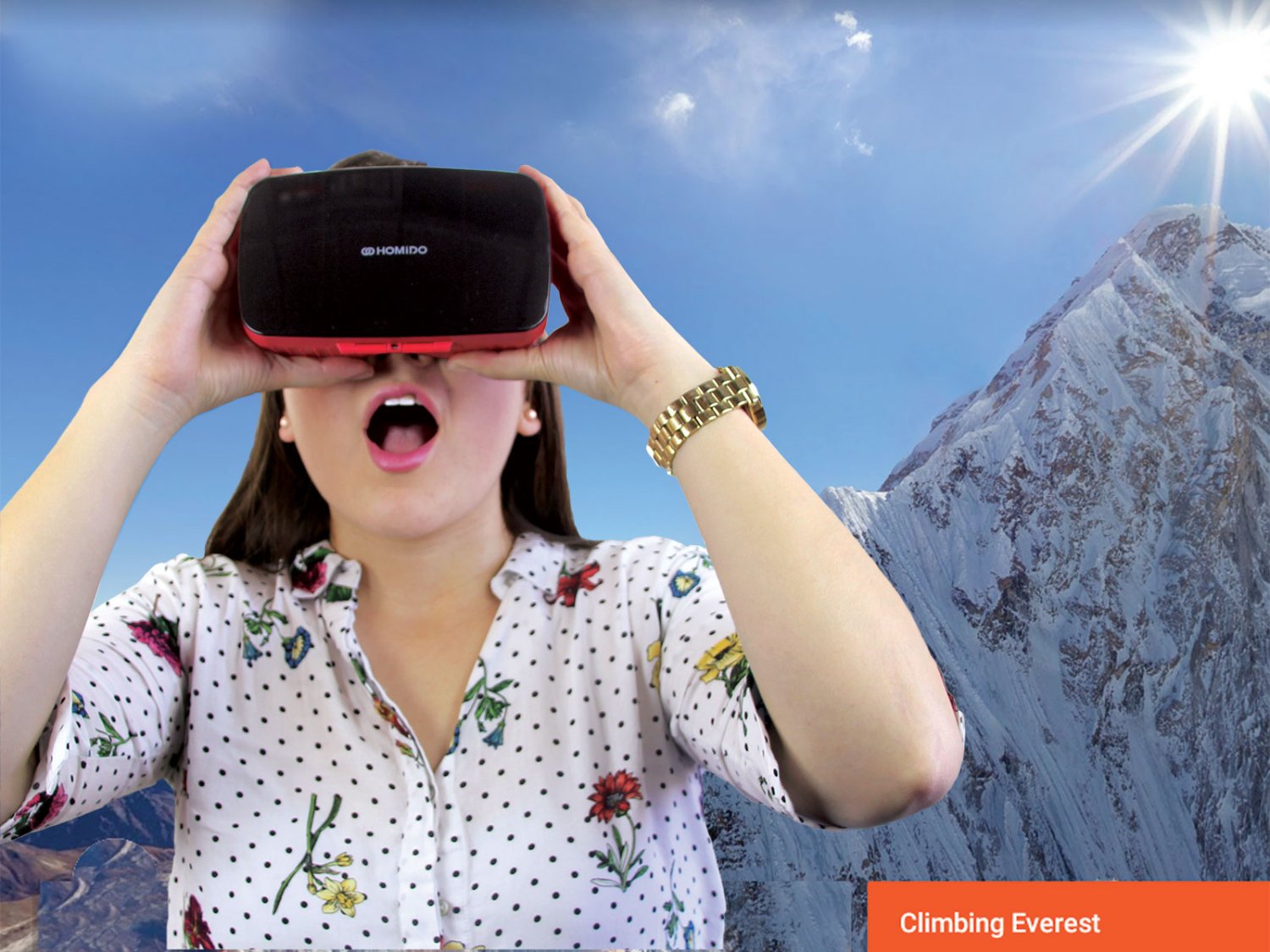
Today, the educational process is almost completely different from the educational process 1 decade ago. Teachers were trying to make the process more fun for children and teens, but so they can learn. Nowadays, with all new technology, it’s definitely more fun and even efficient.
Special equipment for educational purposes is designed to make the knowledge transfer process a lot easier, quicker, and more effective. Throughout the years, the educational process has been evolving, new tech has been added, and the next logical step would be to implement VR technology into the process.
What would be the results and effects on the overall process? Would it make the learning process easier and more efficient? It seems that yes, VR pack kits implementation would cause positive effects on the process. Here are the 5 ways of how VR might soon impact the educational process.
- 0 Comments
- Mar 8, 2021 10:00:00 AM
- Posted by Natalia Galvis
- Topics: Robotics, About the Robots, EdTech, STEM, Curriculum, Special Education, teachers, autism, Coding, students, programming, Technology, VR, Realidad Virtual, Edchat, Digital Technology, teaching, online, Virtual Reality, lessons, eLearning, Automation
Adaptive Behavior Skills for Kids with Special Needs
 Photo by Nathan Anderson on Unsplash
Photo by Nathan Anderson on Unsplash
Adaptive behavior is defined as the set of skills that individuals should be able to perform at a certain age. Examples include social skills, cleaning, and personal grooming. Professionals call this life skills social competence, or adaptive behavioral functioning.
Children with special needs might be delayed in these areas. Part of the assessment for children with special needs is their ability to perform behaviors like those listed above.
As children mature, they can display more complex adaptive behaviors. Preschool-aged children learn to get dressed on their own and tie shoelaces. Third graders can order for themselves at a restaurant. Sixth graders can do certain chores and manage their allowance. Teenagers become more independent by taking public transport on their own, drive and perhaps even do grocery shopping.
- 0 Comments
- Mar 5, 2021 10:00:00 AM
- Posted by Natalia Galvis
- Topics: Robotics, About the Robots, EdTech, STEM, Curriculum, Special Education, teachers, autism, Coding, students, programming, Technology, Edchat, Digital Technology, teaching, online, lessons, eLearning, Automation
Teaching preschoolers to love STEAM
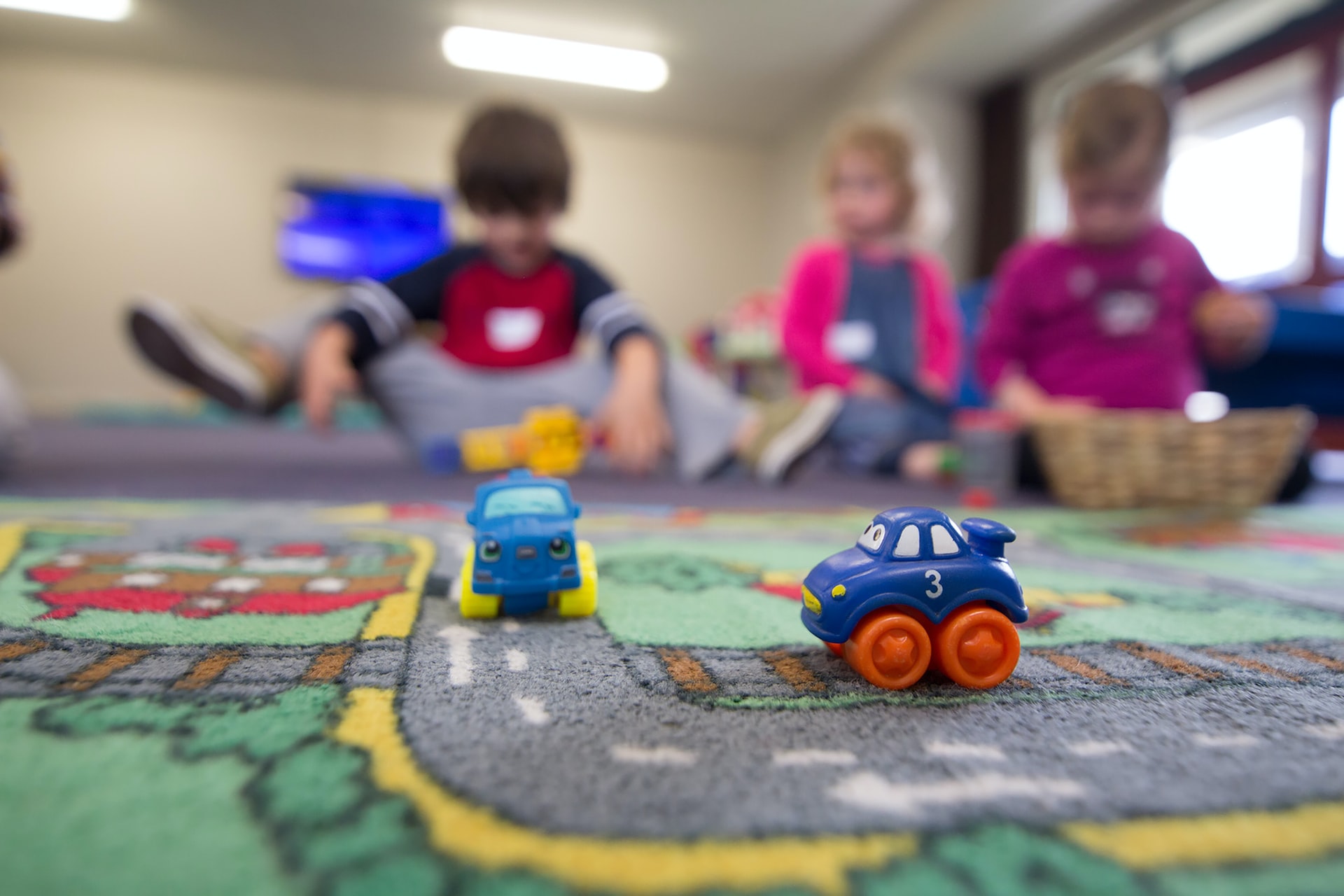 Photo by BBC Creative on Unsplash
Photo by BBC Creative on Unsplash
It starts with a spirit of inquiry, and also involves turning a robot into a bird—discover how science and art merge together in engaging ways.
- 0 Comments
- Mar 4, 2021 10:00:00 AM
- Posted by Natalia Galvis
- Topics: Robotics, About the Robots, EdTech, STEM, Curriculum, teachers, Coding, students, programming, Technology, Edchat, Digital Technology, teaching, online, lessons, eLearning, Automation
Simple Hacks to Improve Online Assessment
 Photo by Glenn Carstens-Peters on Unsplash
Photo by Glenn Carstens-Peters on Unsplash
Formative evaluation strategies can work well in online classrooms—with a few small adjustments.
- 0 Comments
- Mar 3, 2021 10:00:00 AM
- Posted by Natalia Galvis
- Topics: Robotics, About the Robots, EdTech, STEM, Curriculum, teachers, Coding, students, programming, Technology, Edchat, Digital Technology, teaching, online, lessons, eLearning, Automation
Gamification in Education: Rewards and Improvement-based Learning
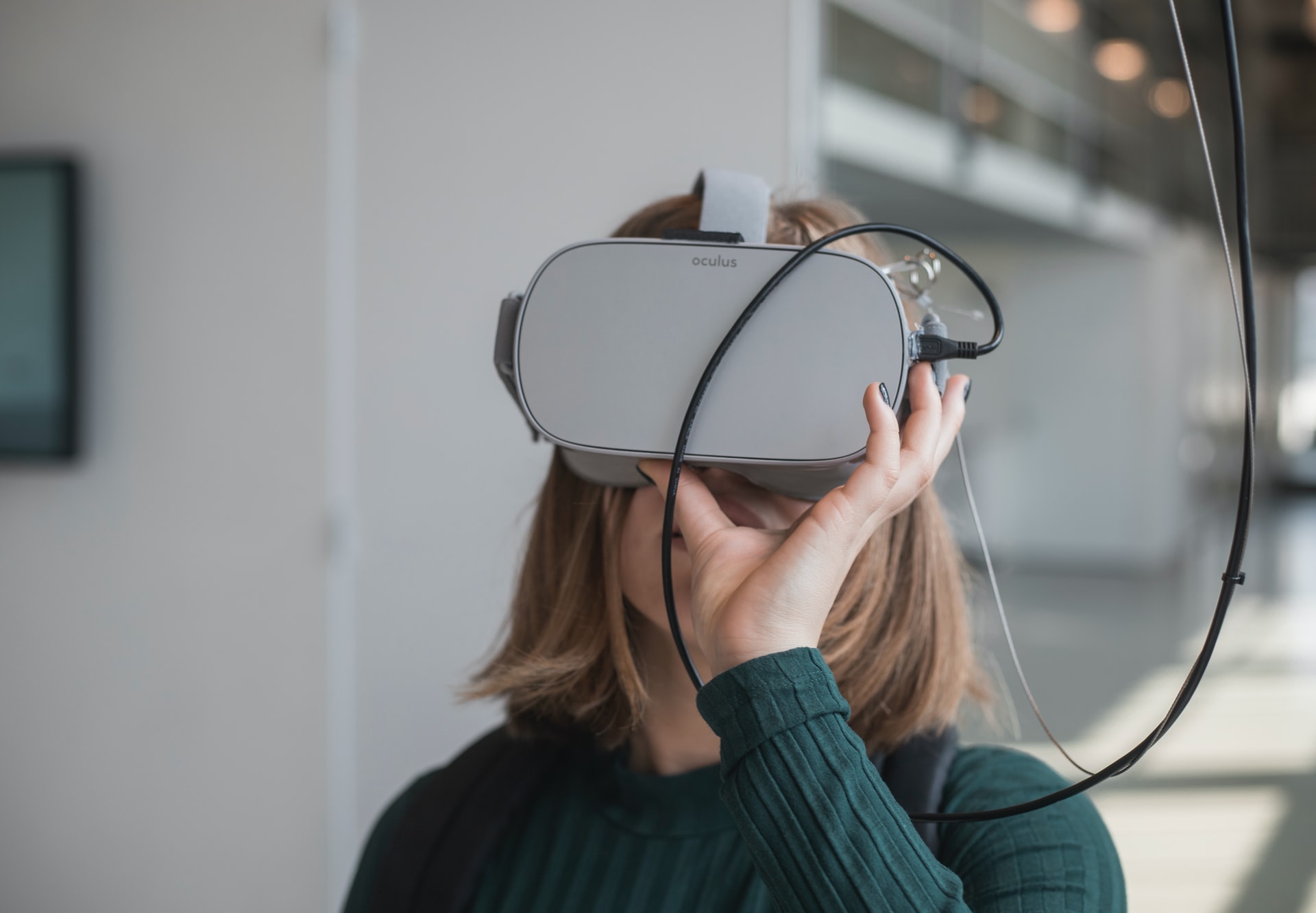 Photo by Maxim Hopman on Unsplash
Photo by Maxim Hopman on Unsplash
Gamification in education has been the talk of the town for quite some time now, especially for the benefits a class can derive from a learning system based on rewards and improvements.
The use of game-design elements in non-game contexts, like education, has some untapped potential that can represent the next idea to make your online learning schedule even more engaging and entertaining.
- 0 Comments
- Mar 2, 2021 10:00:00 AM
- Posted by Natalia Galvis
- Topics: Robotics, About the Robots, EdTech, STEM, Curriculum, teachers, Coding, students, programming, Technology, Edchat, Digital Technology, teaching, online, lessons, eLearning, Automation
How STEM Learning has Evolved in COVID-19
By Lauren Groff
Of course, COVID-19 has had an impact on the world like no other event, and everything has changed, from the way we go to work and school, the way we act around each other, and the way we learn. But how has COVID-19 affected STEM learning specifically? What changes have been made and what direction are we heading in now we’re starting to see signs of a post-COVID world?
In today’s article, we’re going to explore everything you need to know.
- 0 Comments
- Mar 1, 2021 10:00:00 AM
- Posted by Natalia Galvis
- Topics: Robotics, About the Robots, EdTech, STEM, Curriculum, teachers, Coding, students, programming, Technology, Edchat, Digital Technology, teaching, online, lessons, eLearning, Automation
Can Humans Feel Empathy for Robots in Pain?
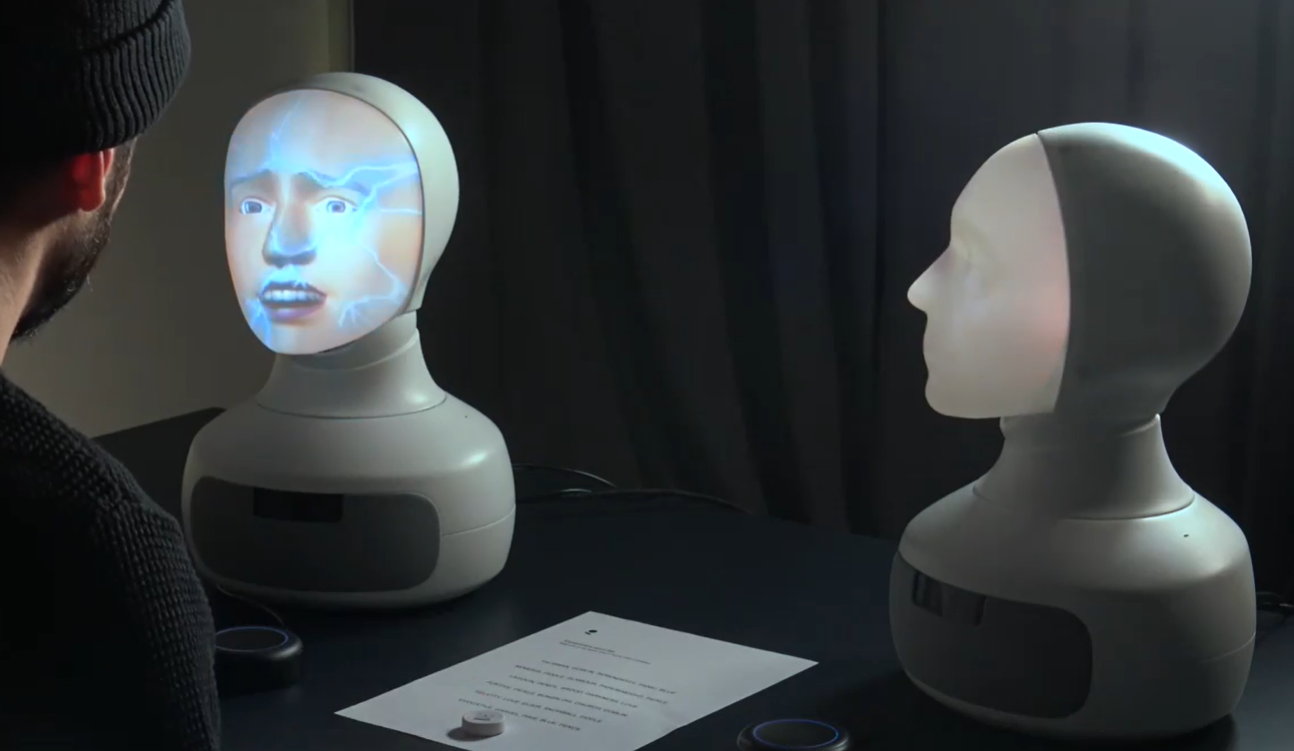
Can humans feel empathy for robots in pain?! Ever curious, Furhat's team wanted to find out by replicating a famous psychology study called the Milgram Experiment. See the outcome:
- 0 Comments
- Feb 26, 2021 10:00:00 AM
- Posted by Natalia Galvis
- Topics: Robotics, About the Robots, EdTech, STEM, Curriculum, teachers, Coding, students, programming, Technology, Edchat, Digital Technology, teaching, online, lessons, eLearning, Automation
5 Top Tips for Teaching Coding Remotely
By Jodie
 Photo by Caspar Camille Rubin on Unsplash
Photo by Caspar Camille Rubin on Unsplash
I feel I should caveat this post by saying I don’t have any formal teaching qualifications. I have, however, volunteered as an instructor for Code First: Girls on their Introduction to Web Development course and delivered it twice now. So I have a bit of experience that I want to share with others who like me could (just about) code but had never taught coding before. Both times I have taught the course online using video conferencing software such as Zoom and Google Meet. This came with its own set of challenges that these tips also consider.
Here are my top tips for teaching coding remotely.
- 0 Comments
- Feb 25, 2021 10:00:00 AM
- Posted by Natalia Galvis
- Topics: Robotics, About the Robots, EdTech, STEM, Curriculum, teachers, Coding, students, programming, Technology, Edchat, Digital Technology, teaching, online, lessons, eLearning, Automation
5 Ways to Introduce Students to Automation/Robotics
By Devin Partida
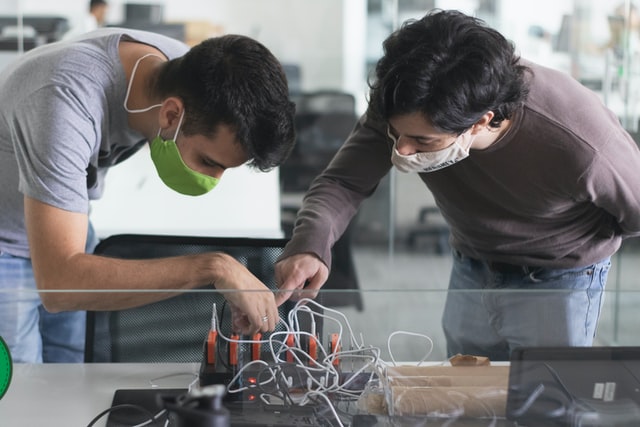 Photo by Marília Castelli on Unsplash
Photo by Marília Castelli on Unsplash
Automation and robotics are everywhere. They enable simple actions like autopay and other, more complex systems like production lines. Their uses throughout the world make them an industry of their own.
Robotics and Programming for Education
For teachers and professors, engaging STEM students of all ages is the biggest obstacle. However, with the right introduction, you can increase interest in this growing industry.
- 0 Comments
- Feb 24, 2021 10:00:00 AM
- Posted by Natalia Galvis
- Topics: Robotics, About the Robots, EdTech, STEM, Curriculum, teachers, students, Technology, Edchat, Digital Technology, teaching, online, lessons, eLearning, Automation
Relevant Posts
- Augmented Reality: A Tool for Teaching Students Robot Programming
- Fostering Innovation Through Youth Education in STEM and EdTech
- How Parents Can Foster STEM Learning Beyond the Classroom
- How Robotics Cultivates a Deep Understanding of Mathematics in Students
- RobotLAB Receives EDTech Chronicle 2023 ‘BESTIE’ Award for Landmark Partnership with American Samoa Dept. of Education.
Subscribe to Email Updates
-
I Want To Learn MoreADDITIONAL INFORMATION

